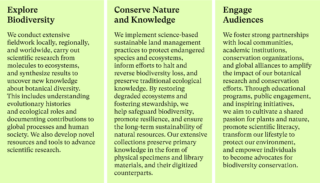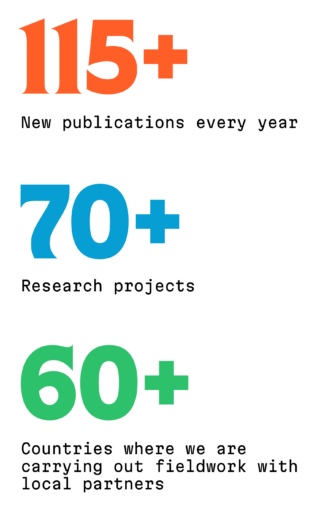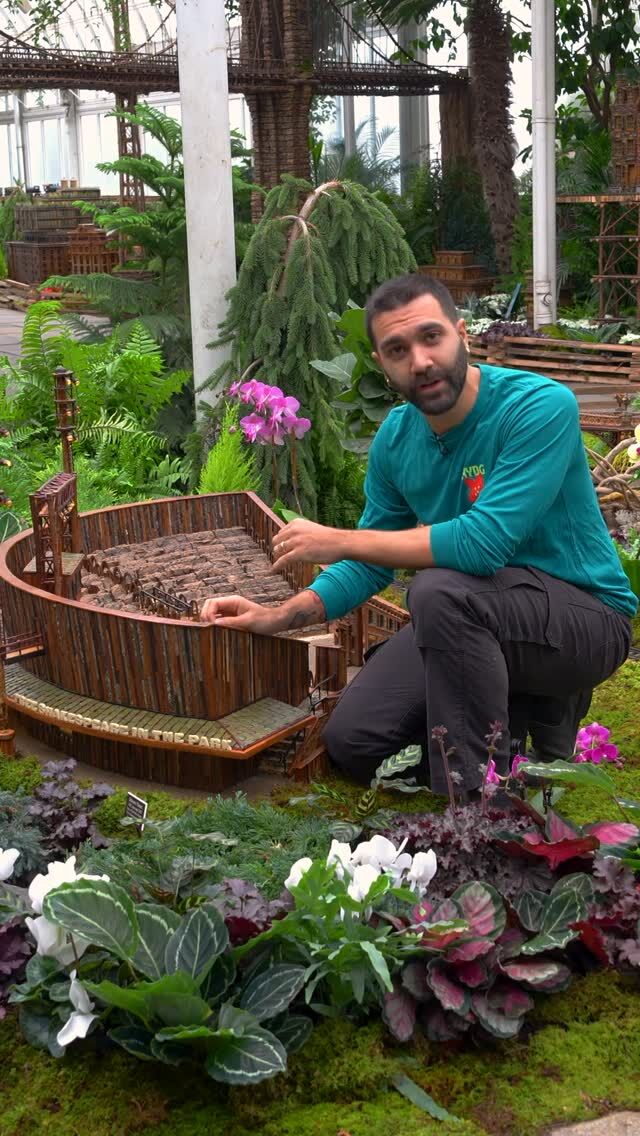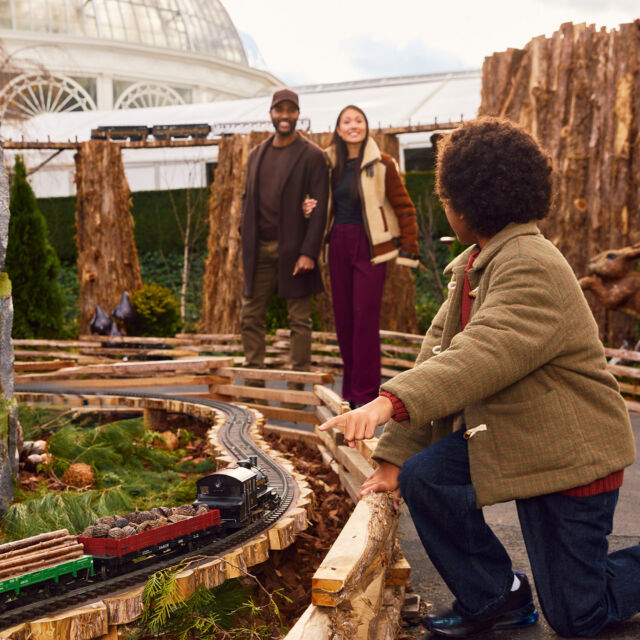Announcing the NYBG Science Strategy: An Innovative Vision for the Future of Research and Conservation
The NYBG Science Strategy is a bold and forward-thinking vision for advancing botanical research, conservation, and innovation through 2030.
Executive Summary

The New York Botanical Garden (NYBG) has been a connective hub among people, plants, and the planet since 1891. Our rich history of scientific exploration and discovery was spearheaded by Nathaniel Lord Britton, the Garden’s founding director, and NYBG quickly became a hub for botanical research, conservation, and education. NYBG’s Science Strategy outlines a bold and forward-thinking vision for advancing botanical research, conservation, and innovation through world-class science and cross-disciplinary collaboration. Built on a legacy of scientific excellence, this strategy aligns with global biodiversity frameworks and NYBG’s Institutional Strategic Plan (2025–2030), ensuring its leadership in addressing pressing environmental and societal challenges.
A key feature of this strategy is the introduction of three Cross-Cutting Initiatives that position NYBG as a pioneer in integrative research. These initiatives—Plants for Climate Resilience, Food Plants: A Global Conservation Priority, and Artificial Intelligence: Unlocking the Power of Plants and Fungi— transcend traditional research boundaries and engage multiple disciplines to maximize impact. By embracing nature-based solutions, food security, and AI-driven research, NYBG is leading transformative efforts that contribute to conservation, sustainability, and scientific discovery on a global scale.

The Plants for Climate Resilience initiative leverages botanical expertise to develop solutions for climate adaptation, urban conservation, and ecological restoration. NYBG’s leadership in the Global Conservation Consortium for Food Plants (GCCFP) reinforces its role in securing the future of critical food plants through global partnerships and scientific research. Additionally, the integration of Artificial Intelligence (AI) in plant science is accelerating species identification, biodiversity monitoring, and ecological forecasting, revolutionizing how we study and protect the natural world.
At the core of NYBG’s scientific mission are three interconnected pillars: Exploring Biodiversity, Conserving Nature and Knowledge, and Engaging Audiences. NYBG scientists conduct extensive fieldwork and cutting-edge research, from molecular analyses to ecosystem studies, to document plant and fungal diversity, reconstruct evolutionary histories, and develop innovative scientific tools. Through science-based conservation and land management, we work to protect endangered species, restore ecosystems, and preserve traditional ecological knowledge, ensuring a sustainable future. Additionally, by fostering partnerships, engaging local and global communities, and promoting scientific literacy, NYBG empowers individuals and institutions to become advocates for biodiversity and environmental sustainability. By bridging scientific disciplines, fostering international collaborations, and applying cutting-edge technologies, NYBG’s Science Strategy strengthens its role as a global leader in botanical research and conservation. These initiatives guide NYBG’s research agenda through 2030, ensuring scientific excellence, environmental stewardship, and meaningful contributions to biodiversity knowledge and sustainability.
NYBG Science | A Road Map for 2025–2030
NYBG’s Science Strategy for 2025–2030 is a visionary roadmap aligned with international biodiversity frameworks, aiming to advance botanical research and conservation. Anchored in NYBG’s mission to advocate for the plant world, the strategy focuses on three endeavors.

To accomplish our objectives, we will continue to collect and share scientific evidence, further activate our collections, broaden our training offerings, amplify the integration of biodiversity science in discussions across disciplines, and optimize beneficial outcomes through our collaborations with communities, governments, corporations, land stewards, and other professionals.

We aim to leverage and further cultivate our primary strengths—our collections and expertise—to pursue three Cross-Cutting Initiatives that draw from and integrate across
our six core Scientific Themes:
- Biological Diversity and Evolution
- Integrative Biodiversity Research
- Plants, People and Culture
- Conservation and Restoration Ecology
- Science and Humanities Collections
- Training Future Botanists

Our vision is ambitious, and achieving it will depend on leveraging our existing experience and resources alongside renewed investment in our scientific endeavors. To support all Cross-Cutting Initiatives and Scientific Themes, we will enhance both our living and preserved collections, expanding the breadth of resources and data available to advance our work. NYBG’s collections are vital for facilitating research, and our collection efforts will be informed by an assessment of geographic and taxonomic gaps, ensuring their alignment with our Themes.
We will expand collaboration between our horticultural and scientific programs to serve both scientific research and conservation and restoration. Our collections, both physical and digital, will be curated to the highest standards to uphold the scientific integrity of our biodiversity data. Additionally, we will improve and expand our infrastructure to provide cutting-edge physical and digital assets that are essential for supporting our endeavors.
Human capital is a cornerstone of our efforts. Leveraging activities and expertise across the six Scientific Themes, we will elevate our commitment to nurturing the next generation of botanists through training initiatives. Fostering a culture of scientific excellence is central to our mission, achieved through competitive recruitment practices, rigorous performance evaluations of scientific personnel, ongoing skill development opportunities for staff and students, and adherence to ethical best practices in our research and collaborations. We will actively address barriers to recruitment and advancement, ensuring a diverse and inclusive workforce. This collective effort will bolster our capacity to devise and implement sustainable nature-based solutions to contemporary challenges.
SUBSCRIBE
Enter your email address to subscribe to this blog and receive updates on new posts.











